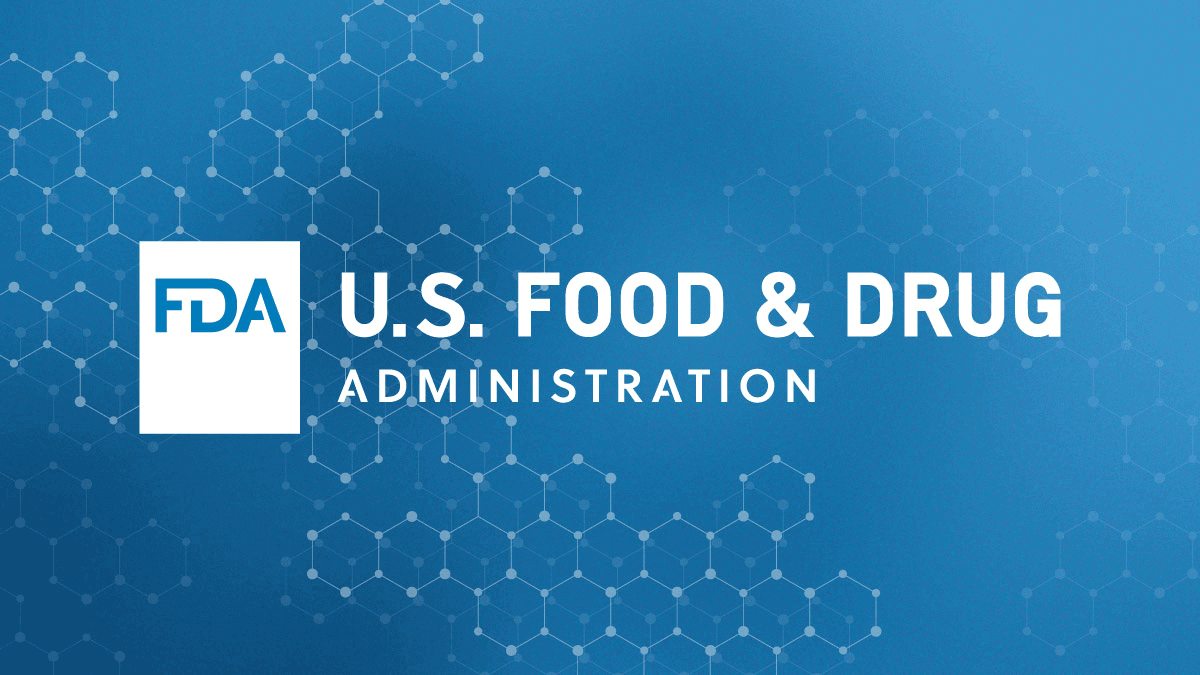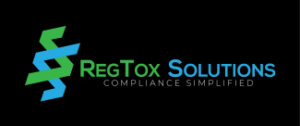Mandatory US FDA GRAS Notifications – the US FDA has signaled a major shift: moving the GRAS pathway from voluntary notification to mandatory notification. In its Spring 2025 Unified Agenda, FDA previewed a proposed rule that would require companies to submit notices—and safety data—whenever they conclude a substance is GRAS for use in human or animal food. Exemptions would apply to uses already listed/affirmed by regulation or covered by a prior FDA “no questions” letter. An NPRM is targeted for October 2025.
Why this matters
Since 2016, FDA has “strongly encouraged” but not required GRAS notification, maintaining an inventory of voluntary submissions and responses. A mandatory regime would upend the current practice of self-affirmation without notifying the agency. This is expected to lead to higher transparency, more uniform dossiers, and a public paper trail for new GRAS determinations.
What to anticipate:
-
Portfolio triage: Any self-affirmed GRAS conclusions not previously notified may need to be inventoried, prioritized, and converted into notice-ready files in appropriate formats.
-
Data sufficiency gaps. FDA’s GRAS framework assumes consensus among qualified experts, supported by publicly available data. Where internal or proprietary studies carry the weight, additional publishable support—or alternative regulatory routes—may be needed.
-
Timelines and resourcing. FDA historically targets a 180-day review window (with possible extensions). Even with a notice system, plan for iteratives and questions; pipeline your submissions to avoid launch delays.
-
Legal and policy uncertainty. Early legal commentary is already questioning FDA’s authority to mandate GRAS notices, which could invite challenges and shifting requirements during rulemaking. Build flexibility into your plans.
What food companies can do this quarter
-
Map your exposure. Create a register of all GRAS-based ingredients and uses, flagging which have prior FDA “no questions” letters.
-
Gap-assess critical dossiers. Pressure-test exposure assessments, margins of safety, and literature consensus; identify studies that may need publication or peer-reviewed summaries.
-
Plan a comment strategy. When the proposal lands, be ready with data-driven comments on transition period, scope (direct vs. indirect additives), and confidentiality handling.
-
Align suppliers now. Collect relevant information now so upstream partners aren’t the bottleneck.
How our firm can help
At RegTox Solutions, we provide end-to-end GRAS support: regulatory evaluations, GRAS feasibility/gap reviews for your ingredient, toxicology/safety study support, dossier writing, convening expert panels, FDA notification submission, as well as pragmatic advice on when GRAS isn’t the right pathway (e.g., need for food additive petitions or NDIN routes).
If you’d value a quick, no-pressure triage of your current GRAS positions, we’re happy to help you think it through – contact us. Preparing for mandatory US FDA GRAS notifications does not need to be complicated.
For reference on the latest reporting and policy direction on this topic, see FDA’s Unified Agenda entry.


